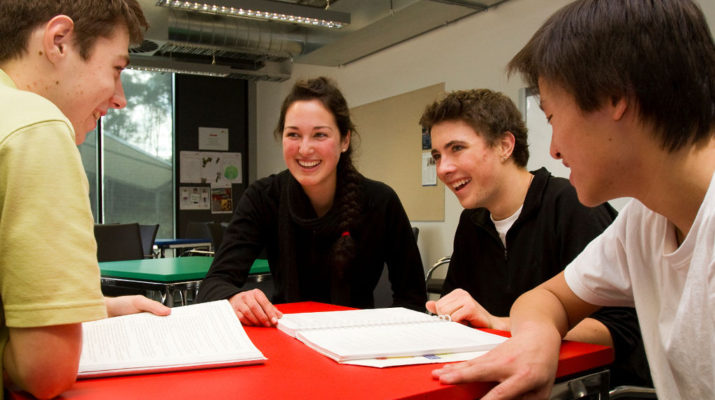The Dilemma
As an English teacher, I often feel pulled between the digital world and the analog one. Over the past few years, an English teacher’s job has shifted from teaching the literary canon to teaching students how to be readers. As Common Core was ushered in and as Standards of Learning changed, English teachers turned to some of the internet’s greatest English teaching minds. These wonderful teachers who are shaping savvy readers and writers are not necessarily integrating technology regularly into their lessons. In fact, one teacher cites research indicating that writing with a pen or pencil allows students to activate language portions of their brain in a way that typing does not (Gallagher, 2011, p. 234). As some professionals in the English teaching world may be steering away from some technology usage, the rest of the world is full steam ahead– and here is my dilemma.
Language Arts teachers, who are familiar with Literature Circles, already know that zero technology is needed to create a fantastic, enriching experience for students. My thinking was that since students had experienced Literature Circles beginning in middle and school and extending into ninth grade, including technology in this strategy would not be too stressful. Adding a new dimension to something that was already familiar should be fairly easy for students to adapt to.
The Solution
I decided to include both analog and digital work. The the students completed an analog assignment which varied daily. Often it had to do with annotating their book and finding deeper insights into a character or situation. After the analog work, came the digital work. The digital work allowed students to think critically through their communication and collaboration with other students in smaller group settings. Rather than one person sharing out their findings in a whole class setting, the small group digital work allowed all students to share their thoughts and consider the ideas of others.
I decided to use Google Drawings since students would have the ability to manipulate the objects and text. I designed a sharing format that would hold all students accountable for participation. I also established a process for groups to access and share their work. The easiest way I found to share the digital work was to push out these assignments through Google Classroom and setting the permission to “Students will be able to view.” In their groups, one student would make a copy and then “share” the file with his or her group members. That student was also responsible for “Adding” it to the Google Classroom assignment.
While creating various literature circle assignments for each day was labor intensive, the rewards in terms of student output were worth it. I found students engaged in their reading on a deeper level than they had using some of the standard Literature Circle assignments and roles. The use of analog and digital work helped me bridge the analog and digital divide in my English classes.
Authorship Information:
Erin Ford is a Level 1 Google Certified Educator and has been an English teacher at Colonial Heights High school for nearly 13 years. She loves taking on the daily challenge of bridging the digital and analog world for herself and her students.
Citations:
Gallagher, K. (2011). Write like this: Teaching real-world writing through modeling & mentor texts. Portland, ME: Stenhouse.

